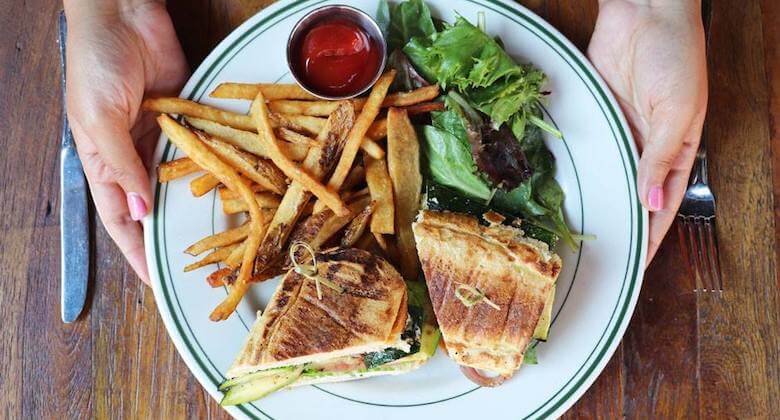
It’s a chilly September evening in Warsaw, Poland. Joanna Jakubuik—the Pierogi Queen—is preparing her signature dish for The Polish Plate (a place dedicated to preserving Polish history and food culture) to serve three American journalists, myself included. Pawel Gorczyca, the managing director of one of Poland’s most successful vodka brands, J.A. Baczewski Vodka, says, “America is a fine place, as long as you have money,” and tells the story of how as a teenager studying in Queens in the 1980s he once deliberated for minutes about whether to spend an extra 10 cents to add cheese to his McDonald’s hamburger. “One day,” he told himself, “I’ll be able to afford three cheeseburgers.”
In the same way you can’t have a real conversation about Caribbean food without discussing colonialism or an honest conversation about Southern food without mentioning slavery, a legitimate discourse on Polish food culture necessitates considering the geopolitical conditions that gave it rise. Twenty-seven years after the fall of communism and periods of forced austerity, a generation of chefs is ready to show the world why Poland deserves a place among the great culinary destinations of Europe.
When Poland joined the European Union in 2004, many ventured into western Europe and brought back with them new gastronomic techniques and applied them to traditional Polish delicacies. At Jadka in Wroclaw, in the middle of nine courses of playful delights, chef Justyna Slupska serves one of the most memorable mouthfuls of food I’ve ever experienced: a steak tartare in horseradish oil. The simplicity of the dish combined with the nuanced and perfectly balanced procession of flavors is nothing short of miraculous.
At Toga in Poznan, I’m certain there’s some kind of translation error on the menu; surely they are not serving “edible dirt” for dessert. The cleverness of this presentation is matched only by its scrumptiousness: crumbled cookies over sesame ice cream, served in miniature flower pots with edible flowers.
And at Elixir in Warsaw—the future home of the official Vodka Museum—each delectable course comes paired with a vodka tasting. You cannot convince the Polish that vodka is tasteless and odorless; they are more than happy to walk a novice through the nuances in aroma, flavor and texture, between wheat, corn, beet and, of course, potato vodka.
There are reasons Poles excel at comfort food: These chefs understand intrinsically how important it is to taste joy in your food, even and especially if the world around you sometimes feels bereft of kindness.
Fortunately, you don’t need to take an intercontinental flight to indulge your desire for the soothing, starchy, fatty treats of Poland. Stop by Dziupla for fried duck pierogi. Try Kasia’s for traditional meat and mushroom pierogi. If you’re looking for something more substantial, check out Krolewskie Jadlo and ask for the Polish Plate: stuffed cabbage, pierogis (fried), potato pancake, kielbasa, veggies (shredded beets and carrots). For dessert, head over to Christina’s and try the blueberry pierogi.



